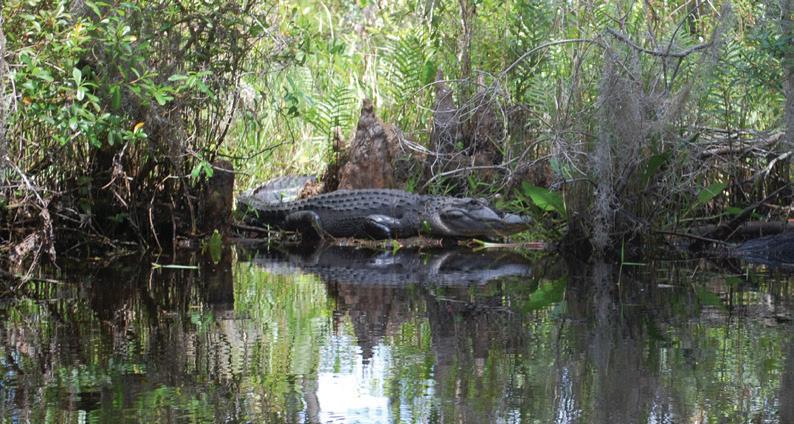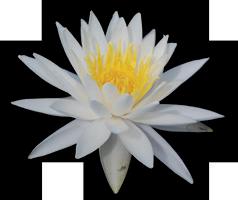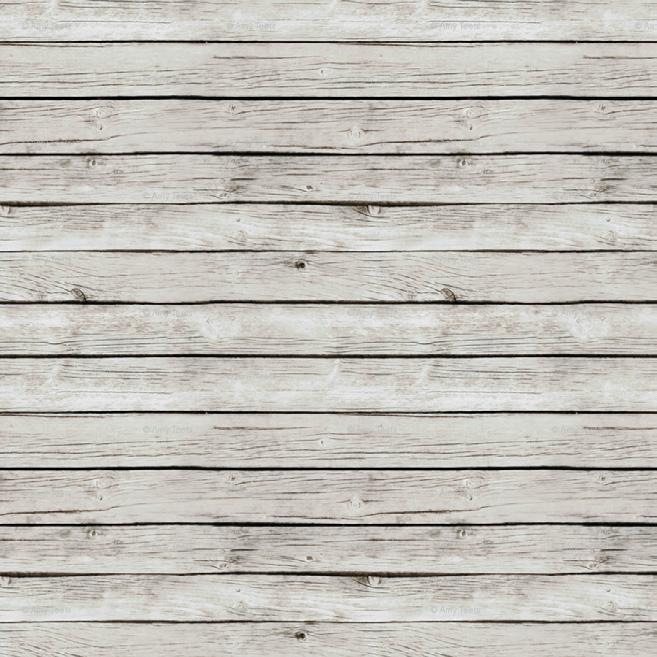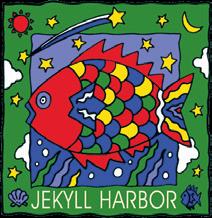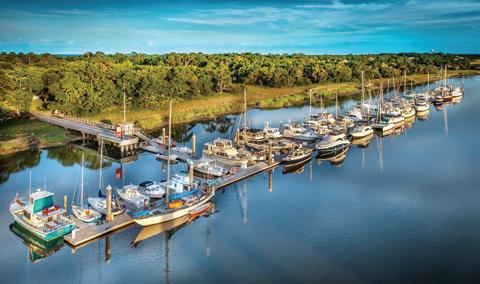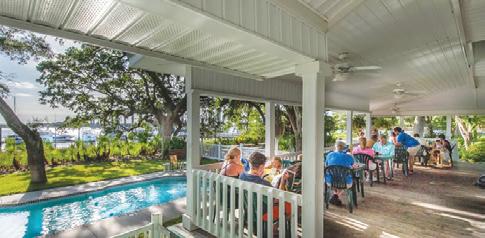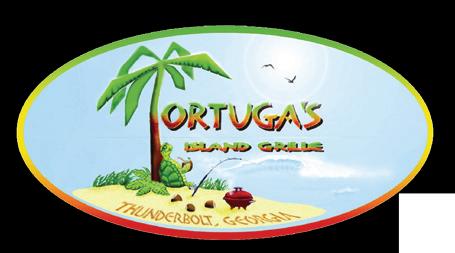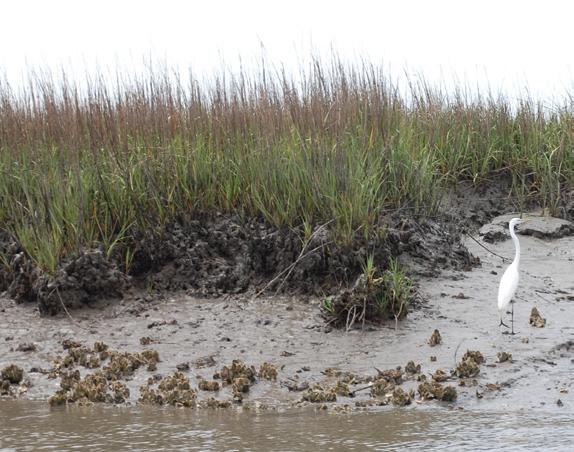
2 minute read
Oyster Shell Recycling
With oyster season is underway, many coastal residents are enjoying these tasty treats in a variety of delicious ways. You might bring home a dozen and enjoy them raw on the half shell as an appetizer, or invite family and friends over for that lowcountry tradition we all enjoy, the oyster roast. Regardless of how you enjoy them, please consider recycling the shells by dropping them off at one of the locations listed below.
The shells are returned to the estuary as living shoreline structure, which allows new oysters to settle and grow on top of them. Oysters serve as habitat for marine life, they restore and protect shorelines from erosion, and are a critical part of our coastal ecosystem.
Advertisement
When dropping off oyster shells, please be sure not to include trash such as napkins or cracker wrappers, and do not leave behind bags or other carrying devices.
Please also do not attempt to recycle the shells yourself by placing them in the water or on the bank oyster shells must first be quarantined and cured before being used to construct reefs and oyster banks.
Beaufort County, S.C. Locations
Beaufort Bin - Beaufort County Public Works
Bluffton Bin - Trask Landing
Hilton Head Bin - Coastal Discovery Museum
Port Royal Bin - Sands Beach Boat Landing
Lemon Island Bin - Edgar Glenn Boat Landing
Hunting Island Bin - Russ Point
St. Helena/Lady's Island Bin - St. Helena Recycling Center
For hours and more information in S.C. call (843) 953-9397 or visit www.saltwaterfishing.sc.gov/oyster.html
• Eastern, or American oysters (Crassostrea virginica) grow in clusters in our coastal region due to the lack of naturally occurring rocks in our creeks and rivers. Oysters need something solid to adhere to so they aren’t carried away by tides while they grow to maturity. Here, juvenile oysters cling to existing oyster beds and are mostly harvested in clusters. Oyster farmers in S.C. and Ga. have developed methods of growing single oysters by providing seed oysters with sheltered environments in the water that allows them to grow without attaching to structure or hard surfaces.
• Oysters are critical to the health and well-being of our coast. Oyster beds, or rakes, prevent shoreline erosion and provide habitat for numerous species to spawn, feed and grow. This nursery is an important part of the food chain. In addition, a single oyster can filter up to 50 gallons of water each day, removing harmful toxins and pollution, controlling phytoplankton, and reducing nitrogen levels in the water. The oysters don’t consume harmful pollutants – they form a mucus around the bad stuff and eject it back into the water where it’s then consumed by other organisms feeding in the oyster beds.
• To harvest wild oysters, look for clusters that have two or three live (unopened) oysters that are each at least three inches long. Use a small hammer to lightly break off the cluster. Gently tap off smaller oysters so they can continue to grow and remove dead or empty shells and leave on the rake. These help the rake continue to grow by adding structure. Oysters are not only great tasting, but great for you! They have a host of vitamins and nutrients, including B12, copper, calcium, iron, manganese, selenium, zinc, as well as protein and amino acids. See our video on Facebook on how to shuck an oyster!
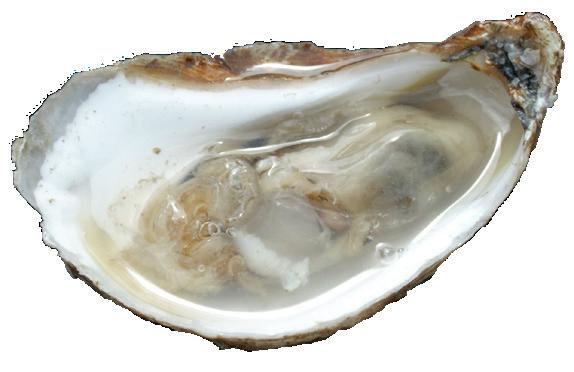
• Oysters grown in different areas will have different flavors. An oyster from one end of a barrier island can taste subtly different from an oyster grown at the other end. Similar to wine grown in different regions tasting different due to soil composition and climate, filter-feeding oysters can take on flavors based on the composition of the water around them. What are your favorite oysters?
Georgia Locations
Brunswick Shell Recycling Center - DNR Campus
Darien Shell Recycling Center - Champney River Boat Ramp
Jekyll Island Shell Recycling Center - Jekyll Recycling Center
Tybee Island Shell Recycling Center - Polk Street
For hours and more information in Ga. call (912) 598-2387 or visit gacoast.uga.edu/education/adult-education/oysterrestoration/
